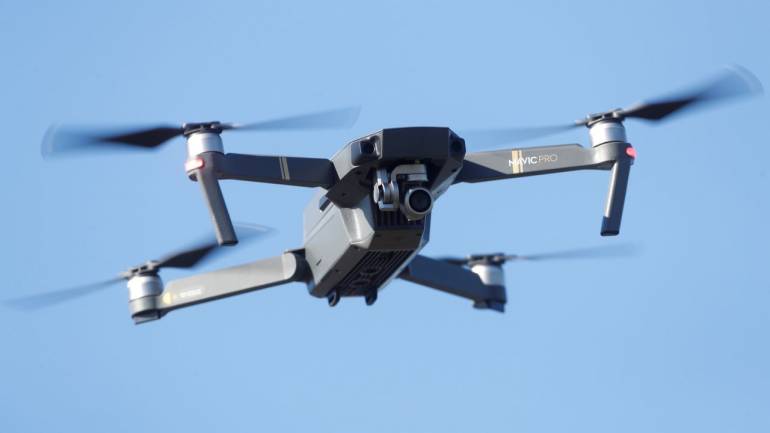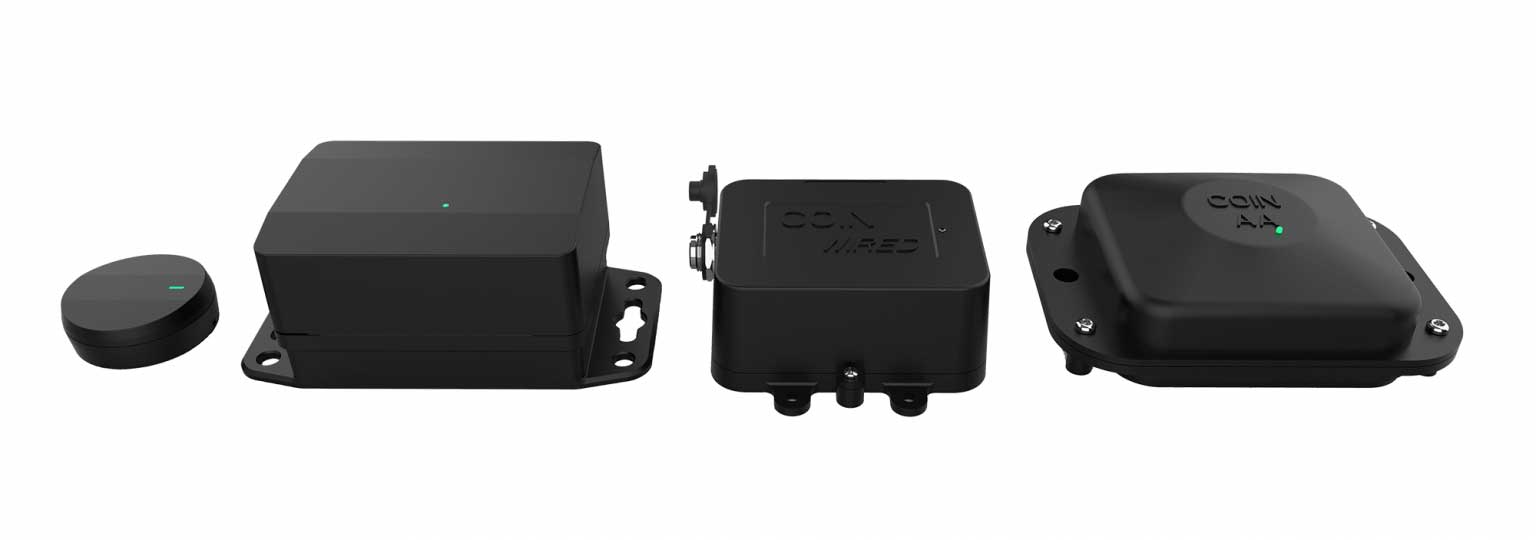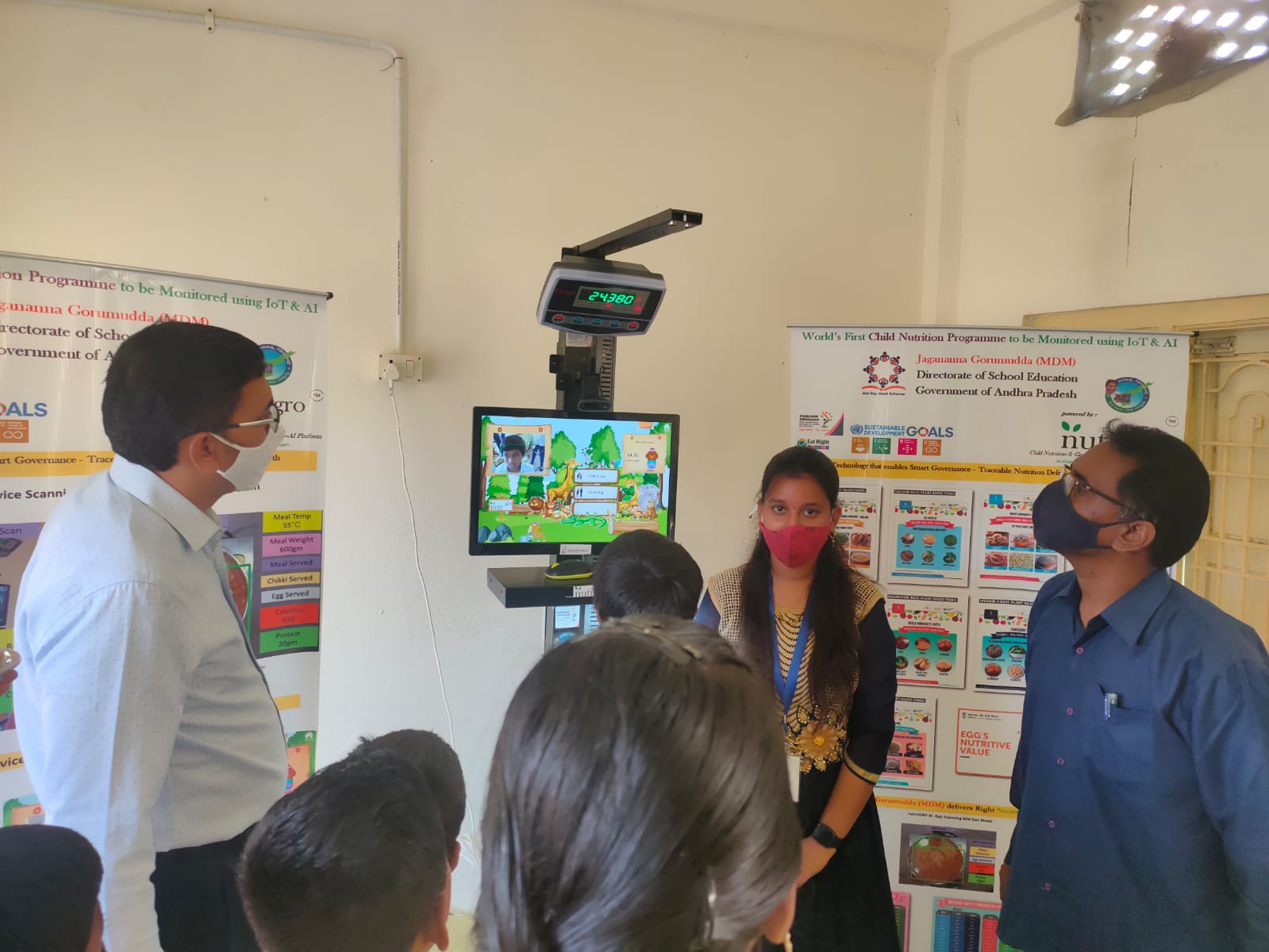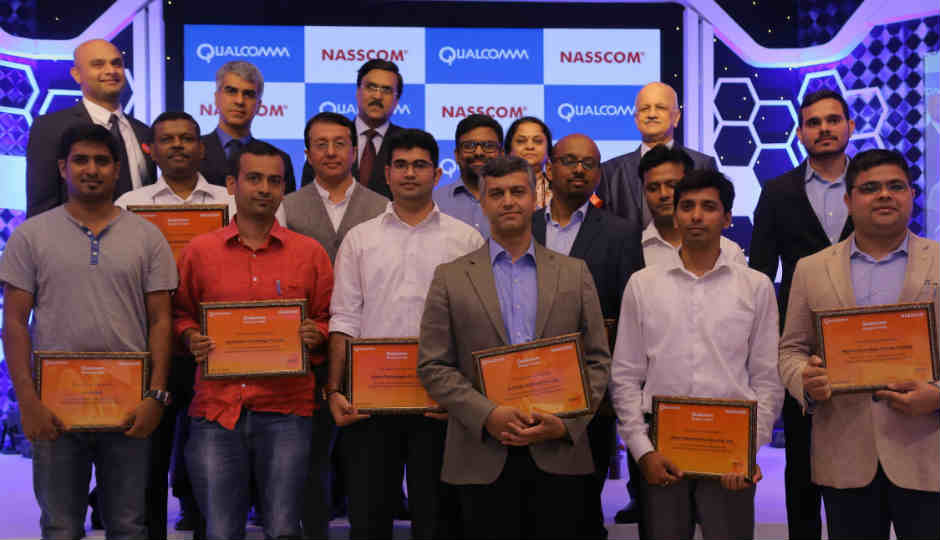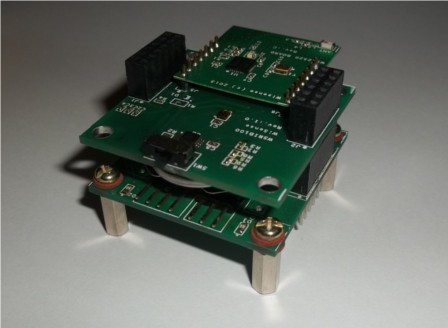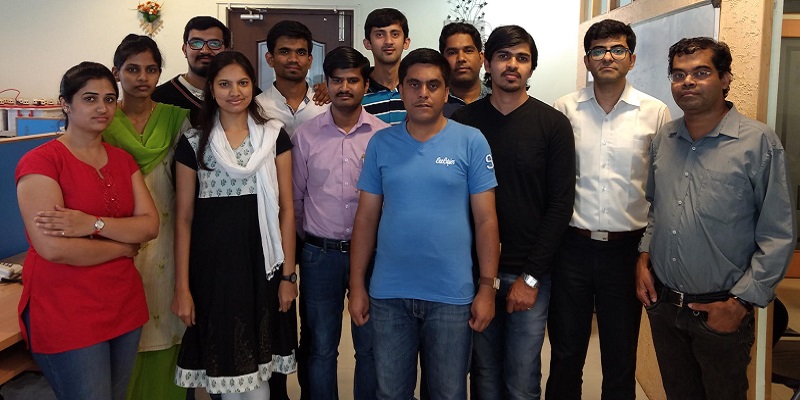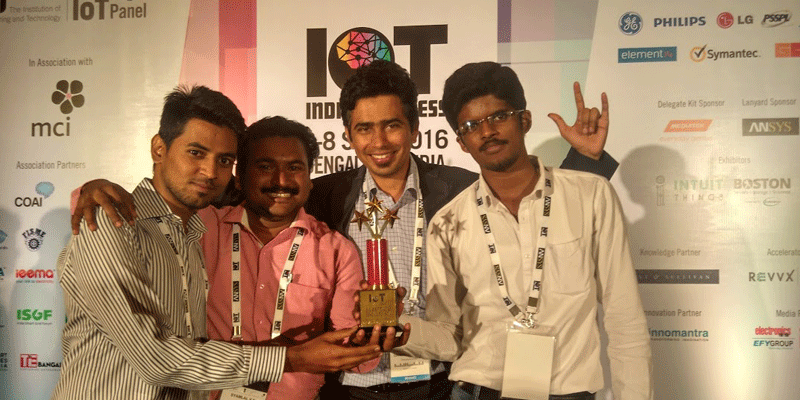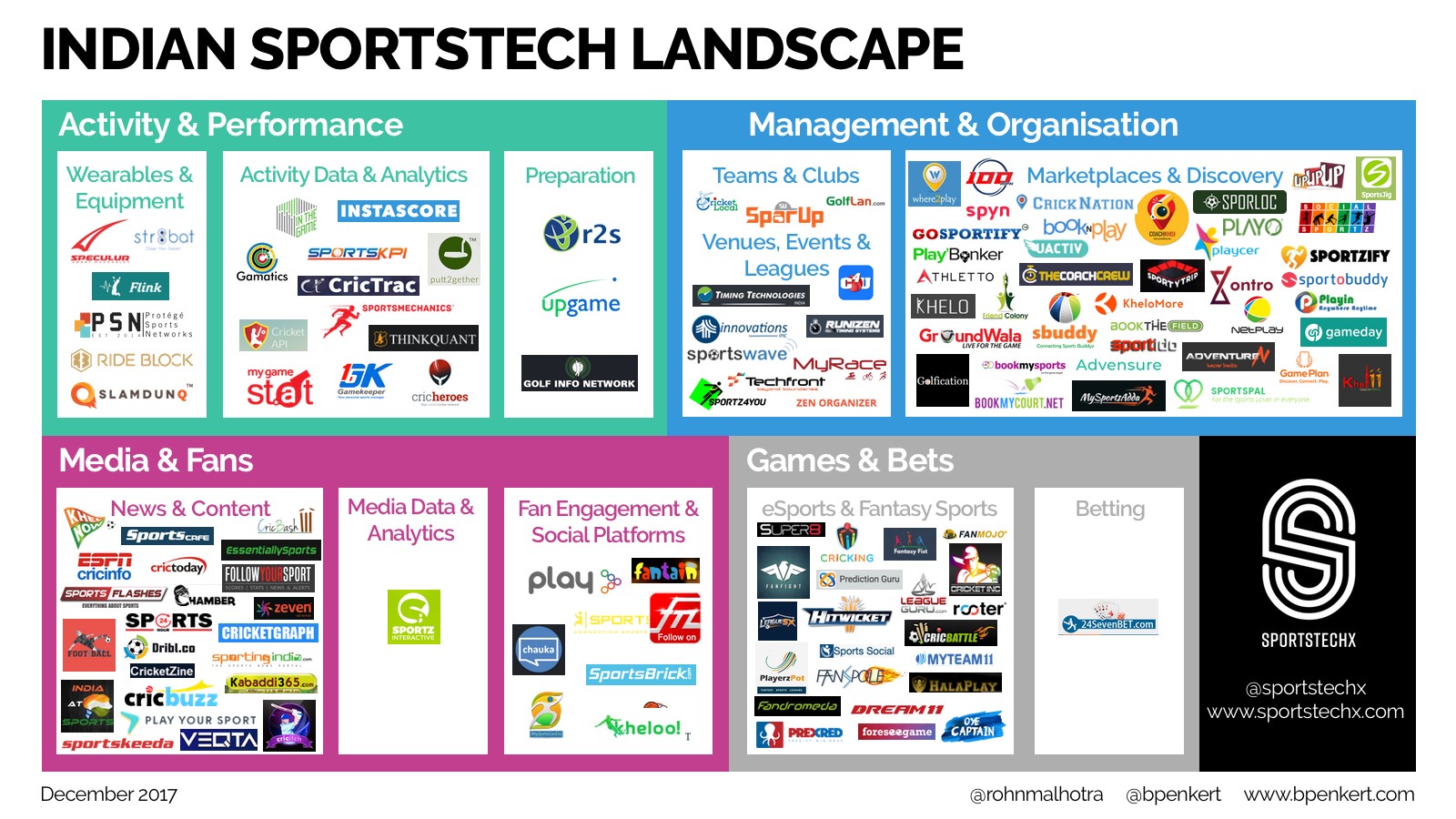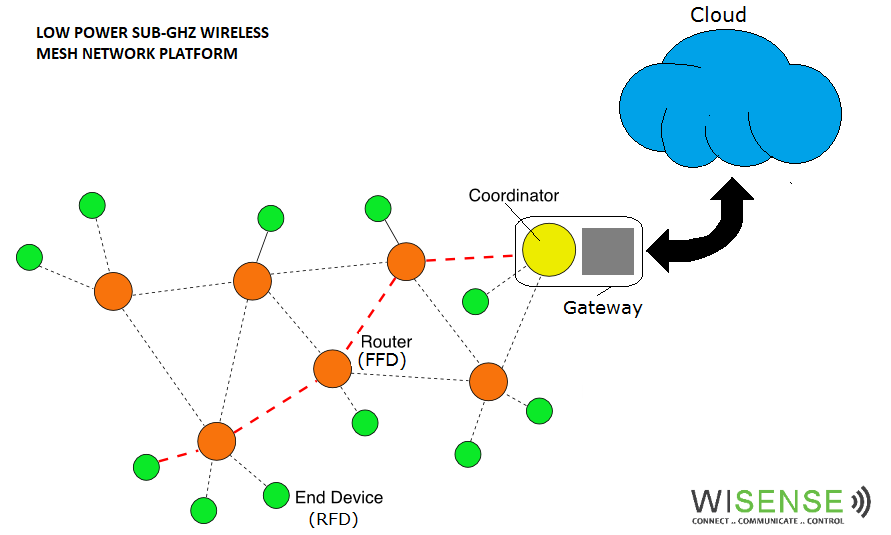
IoT is one of the hottest buzzwords in technology today. Yet, how many us really know how the magic happens between devices? It takes a seamless WiFi connection to make this happen – but this isn’t alwayssimple.
Traditionally, all devices – be it laptops, tablets, mobile phones – are connected to a central node, which is usually a WiFi access point or cellular base station. For instance, if you want to send an email to your co-workers, the message travels through a network of central nodes and finally reaches the email server. If one of your co-workers isn’t connected to a central node (or simply doesn’t have Internet access), he isn’t going to be receive that message.
So what happens when one is struck by a natural calamity? Usually, one of the first consequences is all communication networks fail, leaving thousands in peril. In comes a handy solution called a mesh network – a collection of network nodes that act independently as a switch to relay information. Instead of relying solely on a central hub, an existing mesh network will act as a backup, effortlessly continuing the communication pathways regardless of a fallback in Internet connectivity. If a link fails due to poor signal or some other obstruction, a mesh network will send the message through an alternate channel to the receiver.
This kind of technology is path-breaking and is currently being created out of the NASSCOM Center of Excellence by a startup called Wisense, an acronym for Wireless Sensor Network Solutions. Founded by Ramachandran Anantha Krishnan in 2015, Wisense is one of the few startups in India that is developing wireless mesh networks.
Wireless Mesh ForIoT
As fascinating as mesh networks sound – it begs the question as to why it is relevant to the IoT industry. Let’s take a step back to look at India’s Internet story so far.
With nearly 500 million users, India’s Internet market is second largest in the world after China. According to Statista, there will be 635.8mn Internet users in India by 2021.
Yet, less than 30% of the population accessed the Internet in 2016, only 26% in 2015 and 21% in 2014. The numbers drop as you go back in time.
Despite a massive user base, the levels of Internet penetration in India is limited. And the fall in numbers can be seen in remote areas of the country more than the larger cities, where users are spoilt for choice in terms of Internet Service Providers.
On the other hand, the IoT market in India is rapidly growing. NASSCOM data states that the IoT market in 2016 was $1.3bn with 60mn installed units, and can reach $9bn by 2020 with 1.9bn installed units. Despite making a delayed entry to the IoT market, India has fast risen as an IoT hub due to the sheer numbers of connected devices. But let’s not forget that Internet penetration still remains a challenge in several parts of India, and this is where a mesh network can greatly help.
Wisense is manufacturing low-power, wireless sensor nodes that operate on 865-867 MHz band, which is known to be a cost-effective and reliable enabler of IoT. More than 70 sensors have been interfaced to Wisense nodes. Compared to the more popular 2.4GHz ISM band, the 865-867 MHz band is free of congestion, has a longer range and higher levels of penetration.
The company currently manufactures and sells:
- Wireless sensor nodes and gateways with multiple backhaul options such as WiFi and GSM/GPRS.
- Wireless temperature/RH/pressure and soil moisture monitoring solutions
- Wireless load cell interface for remote weighing applications
- Solar power supply unit for powering outdoor wireless sensor nodes
Wisenseproducts are already being used by Hindustan Unilever for asset tracking and for a pilot World Bank project that’s using IoT to increase the efficiency of irrigation for paddy and wheat crops in West Bengal. In addition, their nodes are also being used for a weather monitoring system being developed by IIT Mandi in Himachal Pradesh.
IoT Enabling Social Impact
Local mesh networks are immensely useful to continue communication even without the presence of the Internet, and automatically becomes a very useful tool in natural disaster management, accidents and in remote areas.
One of the most popular examples of wireless mesh networking is Firechat – a proprietary mobile app developed by Open Garden that uses wireless mesh networking to help smartphones connect via a peer-to-peer system. With more than a million installations, Firechat has becomes one of the highest ranked social networking apps.
During a shake drill in Manila, Philippines with a density of 700 users per sq km, nearly 80% of users received messages through Firechat while less than 35% received messages from nearby cellphone towers and servers. In India, Firechat was able to bail victims out of disaster zones like Kashmir and Chennai, which were ravaged by floods.
Mesh networks could very well be the answer to powering India’s next billion Internet users, without the Internet and Wisense is potentially at the precipice of a massive opportunity to revolutionize the Internet.
Related posts
A Billion Dollar Market – India’s Health Insurance Market Is At A Precipice Of Change
From Womb To Cloud: This Startup Is Monitoring Maternal Health Using Smart Wearables
Cardiotrack collaborates with iMMi Life for cardiac care
Baby Steps Towards A Better Future
Your Local APMC-Mandi Just Got Smarter
Driving Digital Awakening Across Enterprises Today
AI for an Eye Makes The World Better For The Visually Impaired
SenseGiz-A vision to make the world appreciably productive, safer and secure place to live in!
Qualcomm to announce tech startup winners of $100,000 Design in India challenge today
Here comes the Robot Reaper
WiSense: engineering veterans provide a platform for Internet of Things ideas
Data-driven insights for an improved game on the cricket field
STR8BAT gives INSTANT, VISUAL and ACTIONABLE IN-SIGHTS, HELPING PLAYERS PLAY BETTER EVERYDAY
Medtech takes centre stage at AIRmaker’s new batch of 8 IoT startups
Villgro funds agri start-up GRoboMac
Projecting revenues of $250K, Cardiotrack is transforming how primary healthcare functions
This IoT startup plugs holes in your leaky bucket
Overview of the Indian #sportstech landscape
Reliance’s Unlimit, IBM collaborate to power IoT innovation in India
SeeHow Announces Smart Cricket Coaching System in Partnership with Rx Cricket Academy
Cardiotrack partners with Columbia Asia Hospitals to provide AI-based solutions in cardiac care
BFSI – Strategy Innovation Group (BFSI-SIG)
GE Healthcare India Edison[TM] Accelerator: The first-ever global startup collaboration program!
Avanijal’s app irrigates fields while helping farmers save water and sleep!
Get Set, Co-Create: This Startup Is On The Fast Lane To Innovate With Mercedes’ Startup Autobahn
Qualcomm Announces Top Eight Finalists for Cycle I of Qualcomm Design in India Challenge II
Oh Baby! Deep Technology Learns To Rock
Here Are 3 Startups From India You’ll Want To Watch In 2017
Transforming Sports Gear into Smart Devices to Deliver Real-Time Analytics
This Bengaluru techie-turned-farmer has made India’s first agri-tech robot to battle farm labour shortage
The Evolution of Bluetooth: From Entertainment To Smart Buildings
What Lies Ahead For India’s High-Potential Clinical Trial Market?
Portable ECG device helps save lives in rural areas, reduces cost for patients
IoT industry should have common standards: Teaotia
Say hello to #LHIF
Working In Hazardous Conditions? Worry not, IoT Comes To The Rescue
4 Bengaluru startups will work with Airbus to shape the future of aerospace
Universal Healthcare- Digital Propulsion 30th April 2019 at Shangri La’s Eros Hotel- Delhi
IoT Pot plans to take cooking Knob to US
LHIF Report Nov 2018
How Industries & Innovators Can Leverage The Power of Digital Technology in Manufacturing
Hardware startup Sensegiz catches fancy of KARSEMVEN, raises $500,000
Exclusive: Former Snapdeal exec Anand Chandrasekaran backs Uncanny Vision
Nestle picks up SilverPush and IotPot for its ‘next big project’
Qualcomm selects three startups for $100K design prize
IoT India Congress recognises top three IoT focussed thought leaders and Start-up in India
Nasscom Discussion
Latest News
Recent Posts
- The Future of Incubation: What the Next Generation of Startup Support Looks Like April 29, 2025
- The Impact of AI in Healthcare April 22, 2025
- The Evolution of AI & Industry 4.0 – What’s Next? March 26, 2025
- Disrupting Supply Chain Management: Meet Startups Driving Innovation March 17, 2025
- How MeitY-nasscom CoE is Championing Open Innovation in India February 13, 2025


